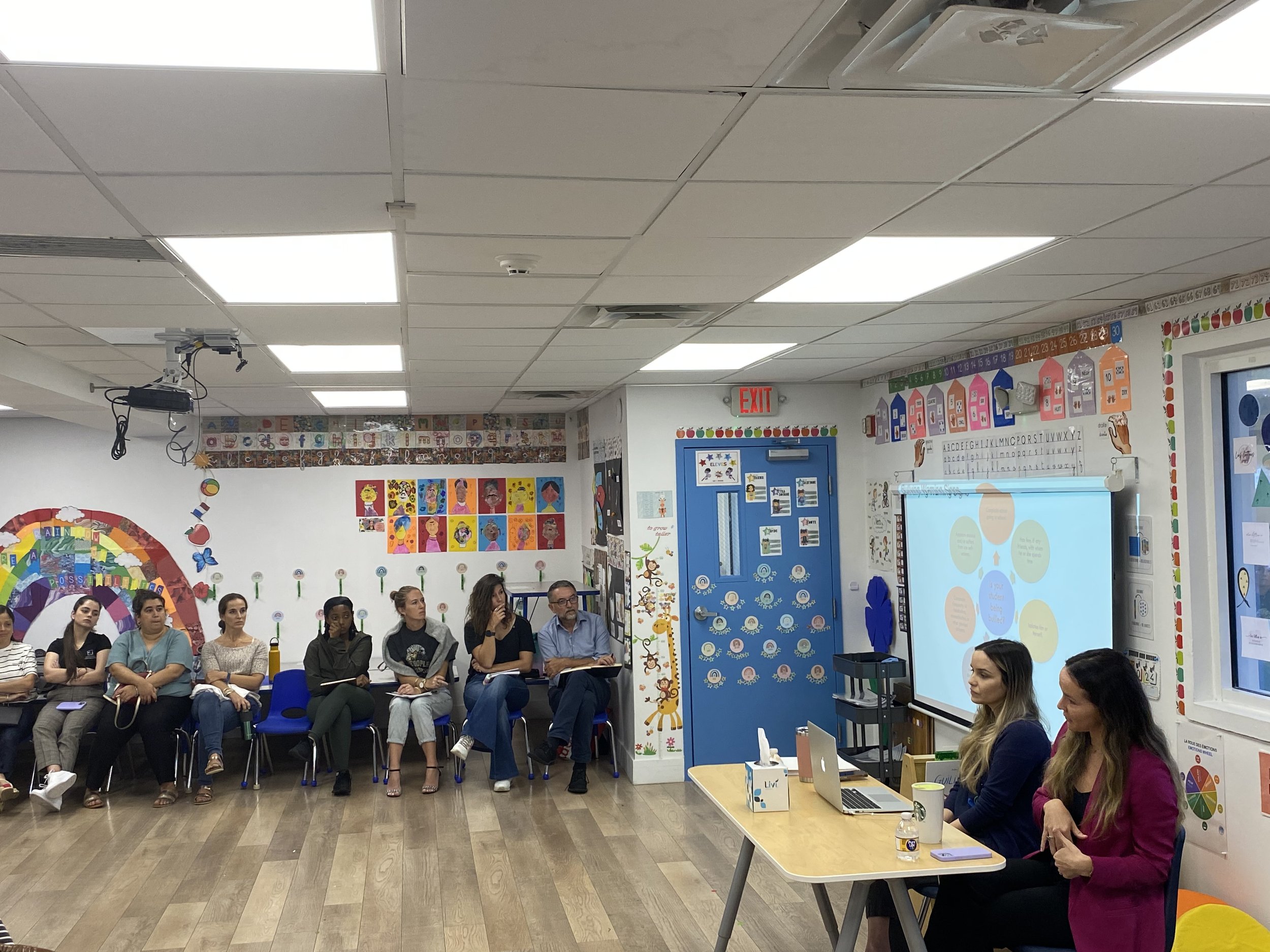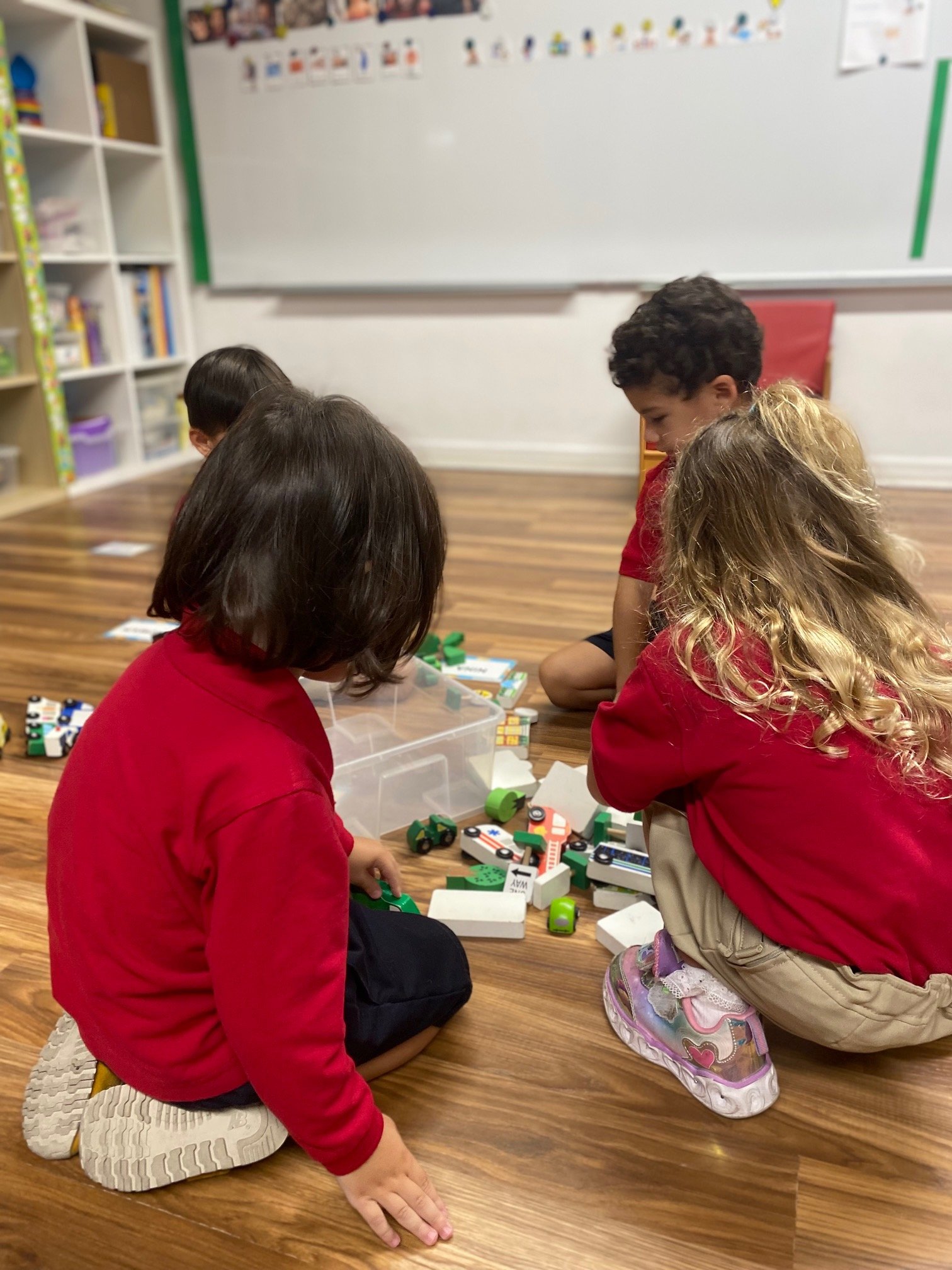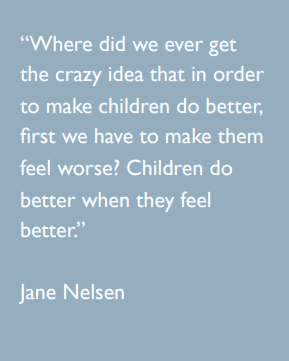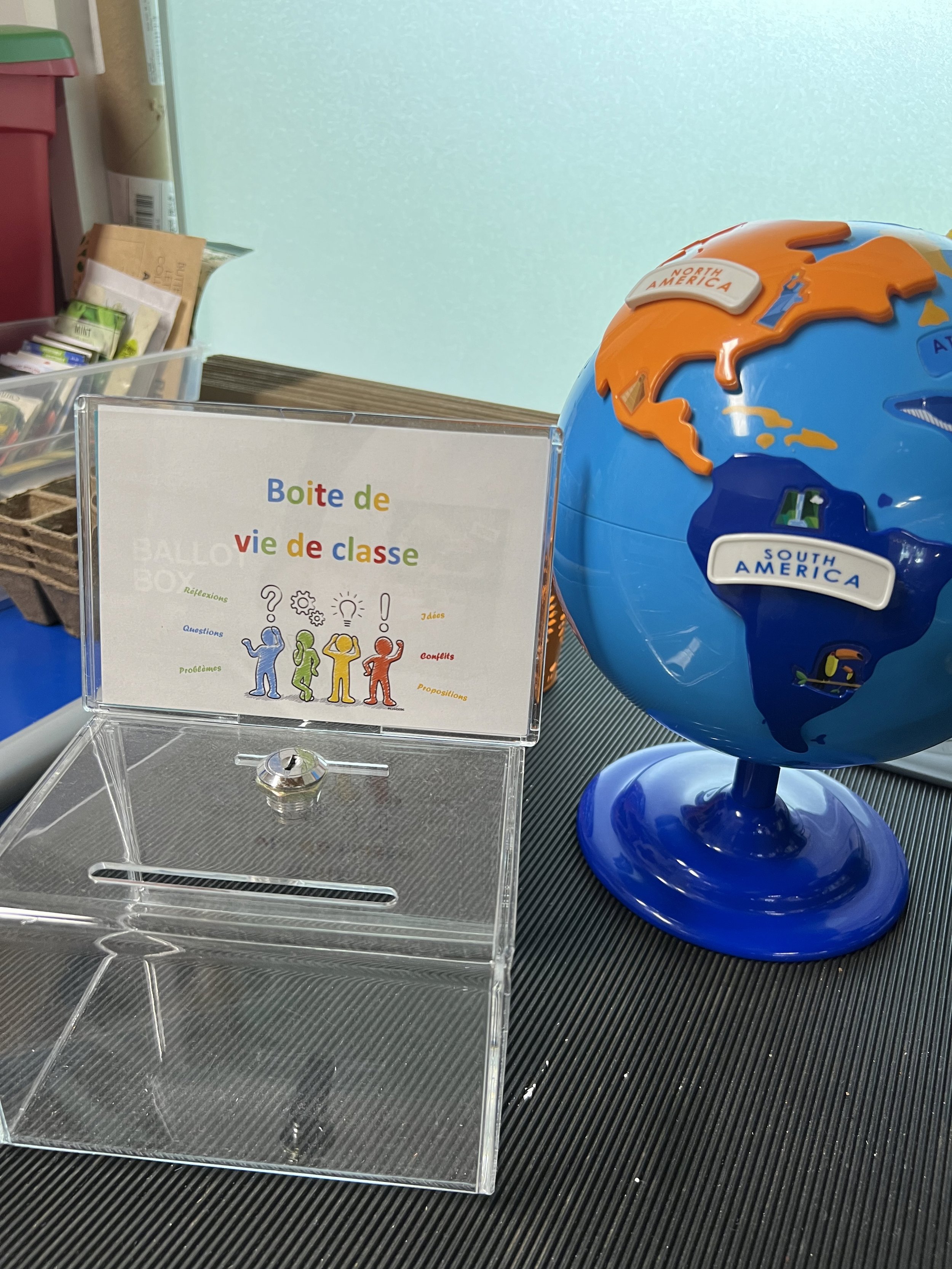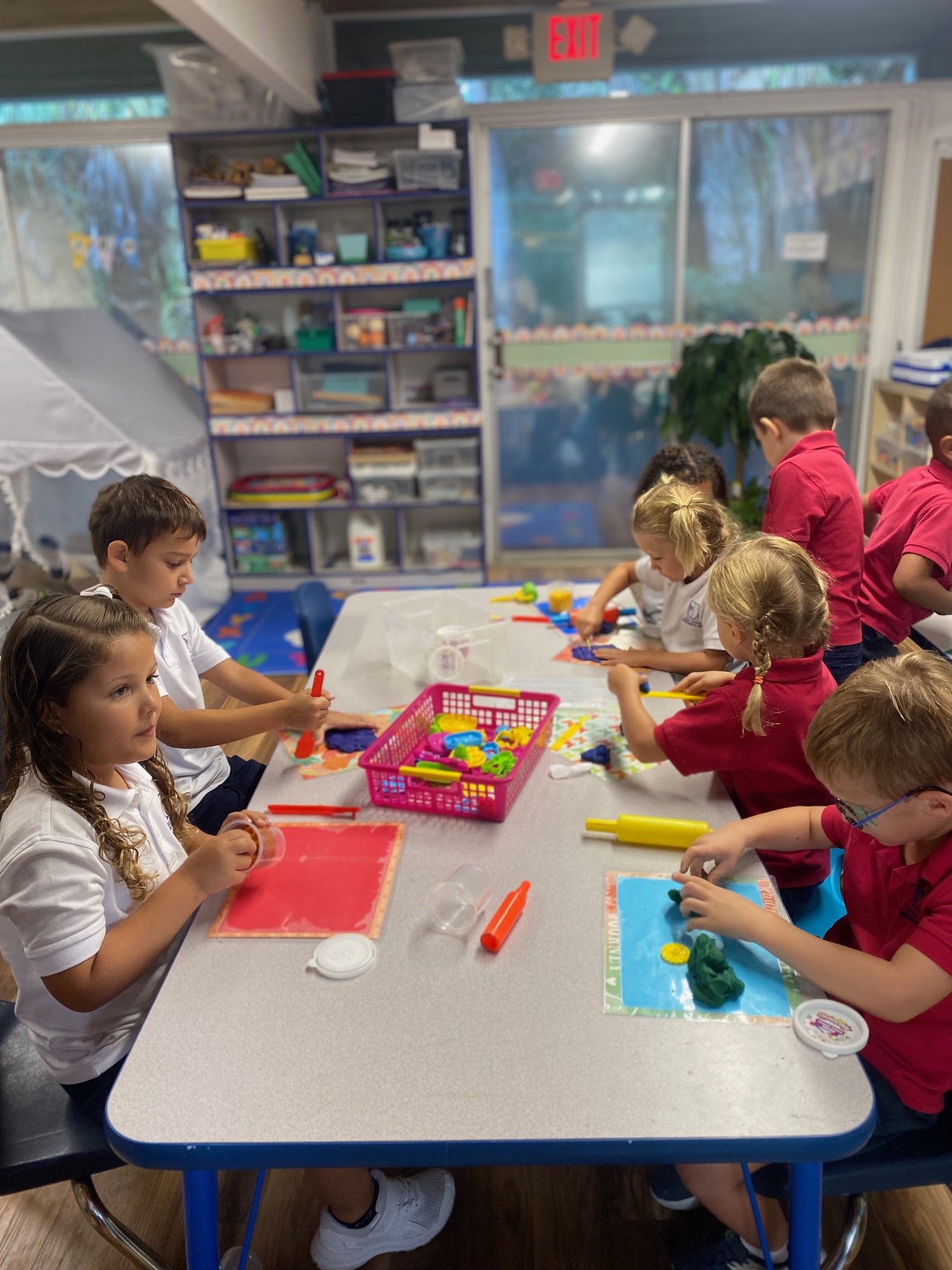social emotional learning at school
GUIDING PRINCIPLES
For several years, EFAM has been working on practices that place the well-being of our students at the heart of their learning. In 2022-2023, all teachers and assistants present received certification in Positive Discipline in the classroom. The team has also been trained in collaborative classroom practices. In September 2023, the team received training on social conflicts and bullying.
Our goal is to guide students in developing respect, a sense of responsibility, problem-solving skills, and cooperation within a group. Behavioral mistakes provide an opportunity for students to reflect on their actions, propose solutions to rectify the error, and learn to make better choices in the future.
Learning to identify and manage emotions
In maternelle (PreK-K), daily rituals allow children to identify, name, and explain their emotions using manipulable visual aids.
In elementary school, rituals like "What's New?" or "Emotions Weather Forecast" allow students to express their daily feelings and develop empathy to consider the feelings of others.
In each classroom, tools are provided to support students in managing their emotions: the emotion wheel, a quiet corner, stress-relief accessories to manipulate, emotion-related posters, and flexible classroom furniture.
Learning to manage conflicts between peers
Learning sessions are conducted with students on respect and school rules during the first week of school.
Sessions are also conducted on conflict resolution: what to do, who to alert depending on the severity of the problem, and what type of problem can be resolved independently.
Mediation sessions are conducted between students with the assistance of the educational team.
Learning to find solutions
Various tools from Positive Discipline and the Pikas method are used to guide students in finding solutions: student councils* with collective solution-seeking, role-playing games, the choice wheel, mediations, etc.
*The student council is a classroom discussion time during which students, guided by the teacher, address issues raised by their peers and collectively seek possible solutions. The student council not only addresses problems but also includes proposals and commendations from students. In preparation for the council, students who wish to do so write their problems, proposals, or commendations on a piece of paper and place it in the council's urn. These papers are then read by the council president (a volunteer student) who gives the floor to their classmates. Another student serves as the secretary and records what is said in a special notebook or folder. The solutions or suggestions put forth by the students during the council are subject to class votes.
bullying policies
A report is made to the teachers and the team of directors, either by parents, a student, or a team member.
The team meets to investigate with the different staff members who work with the student.
The teacher talks to both students individually.
Mediation between the two students is conducted with the teachers and directors.
The team (student's teachers, coordinator, and directors) meets with parents.
Follow-up is carried out with the students afterward, including individual check-ins with the students and further mediations if necessary.
Depending on the severity of the acts, mediation and repair work may also be accompanied by administrative sanctions for the student who has taken part in bullying behaviors. Sanctions may include written warnings (notice of concern), suspensions, and permanent expulsion of the student. (Please refer to our Rules and regulations)
parent resources
Pediatric Psychology Associates parent presentations - recorded video conference here and PowerPoint presentation here
Official Positive Discipline website
Official French Positive Discipline website

